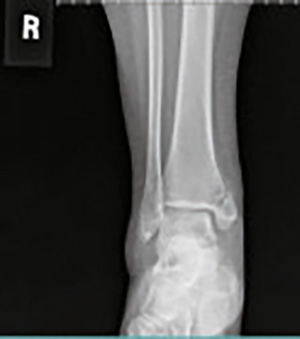


If you ever had orthopedic surgery that required a metal implant in your body, you probably wished there was something made out of a material that is more similar to bone. You probably had many concerns about the metal implant. Is it safe for it to be living under your skin? Will it need to be removed, and what if it loosens? These are all common and valid concerns about orthopedic metal implants.
Over the last four years, OSSIOfiber® technology has released several types of implant fixation devices which incorporate into your own bone with nothing left behind.
OSSIOfiber® Intelligent Bone Regeneration Technology is a breakthrough in fixation material that provides the first credible solution to the shortcomings of permanent metal hardware, conventional resorbable and allograft implants, combining unparalleled mechanical strength and natural bone healing in a non-permanent implant. Made from a proprietary mineral fiber matrix held together by a naturally degradable polymer, its bio-integrative material properties provide surgeons with a more biologically friendly way to restore patient stability and mobility while leaving nothing permanent behind. It can address many surgical applications through the manufacturing of endless implant designs, including nails, screws, staples, anchors and plates. The company intends to pursue multiple applications in the distal extremity, trauma, sports, reconstruction, pediatrics and spine segments.
I have been integrating this technology into my practice over the last two years and have been extremely satisfied with the results. The implants have been strong enough to hold the bones in place during healing and then completely integrate into the native bone/anatomy with nothing left behind. As shown in the illustrations, one can appreciate the healing of the bone without any metal left behind.
If you require an orthopedic or podiatry procedure, and you are told you need metal implants, think twice. Aside from screws, the company has just released the first-ever bone anchor implant and staple.
By Daniel Popowitz, DPM, FACFAS










